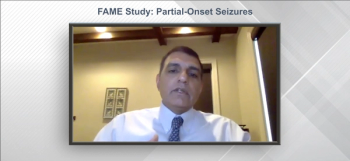
Jessica Fesler, MD, MEd, staff epileptologist, Cleveland Clinic, offered insight on the future of seizure apps and how if improved, they could alter the treatment of patients with epilepsy.

Jessica Fesler, MD, MEd, staff epileptologist, Cleveland Clinic, offered insight on the future of seizure apps and how if improved, they could alter the treatment of patients with epilepsy.
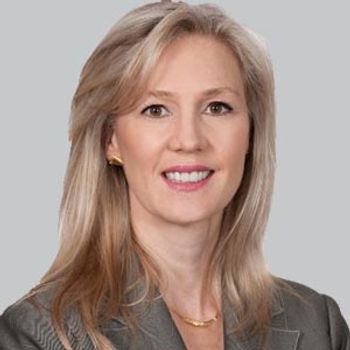
The medical director of the Epilepsy program at the University of Toronto discussed her presentation at AES 2021 regarding the need to change how clinicians view and treat patients with developmental epileptic encephalopathies.
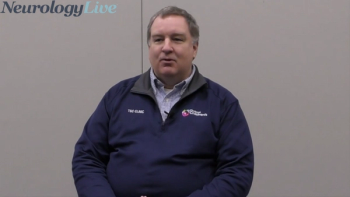
The director of the Tuberous Sclerosis Clinic at Cincinnati Children’s discussed the phase 2 open-label study of ganaxolone in TSC and whether drug development remains the top priority for these patients. [WATCH TIME: 3 minutes]
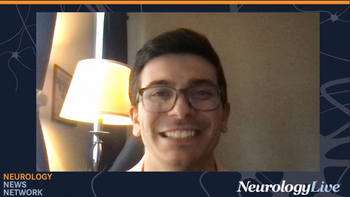
Neurology News Network for the week ending December 11, 2021. [WATCH TIME: 4 minutes]
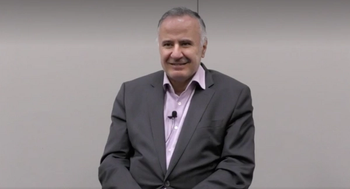
The director of Cleveland Clinic’s Epilepsy Center at the Cleveland Clinic Neurological Institute spoke on the latest advances with epilepsy surgery, as well as what still needs to be learned. [WATCH TIME: 5 minutes]
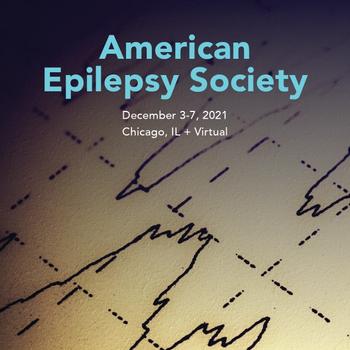
Leaders in the epilepsy space provided their thoughts on the most promising aspects, initial takeaways, and dominating conversations at the 2021 American Epilepsy Society annual meeting.

The director of Cleveland Clinic’s Epilepsy Center at the Cleveland Clinic Neurological Institute discussed poignant presentations from the 2021 American Epilepsy Society Annual Meeting. [WATCH TIME: 7 minutes]
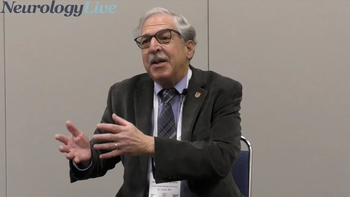
The neurologist from the Comprehensive Epilepsy Care Center for Children and Adults, in St. Louis, Missouri, discussed numerous presentations from AES 2021 that bolstered cenobamate’s known efficacy and safety profile. [WATCH TIME: 7 minutes]
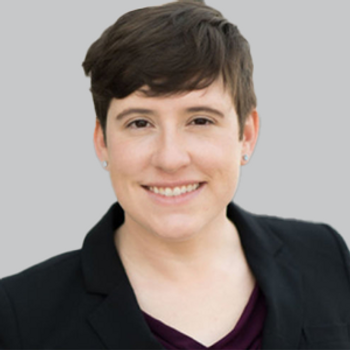
Investigators suggest further studies to better determine is NPC had measurable benefits for patient quality of life.
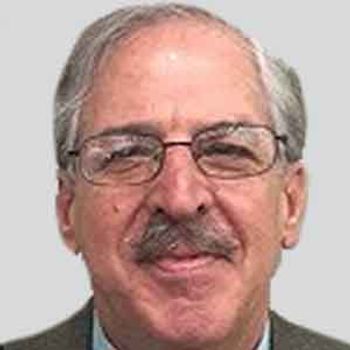
Across all surgical procedures, the percentage of patients with seizure freedom for at least 12 months ranged from 20% to 35.7% for patients receiving cenobamate.
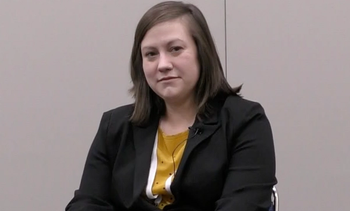
The scientific director at the Dravet Syndrome Foundation commented on the concern associated with vaccination in this patient population, noting that investigators have not observed an exacerbated risk profile with the COVID-19 vaccines. [WATCH TIME: 2 minutes]

The staff epileptologist at Cleveland Clinic’s Epilepsy Center discussed the current state of seizure tracking applications, their limitations, and their untapped potential to be integrated in clinical care and with electronic medical records.

In total, 6.4% of those with intellectual disability achieved seizure freedom and 37.5% had at least a 50% responder rate after treatment with perampanel.
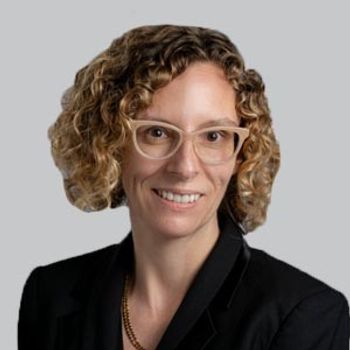
While typically thought of as a disease that affects younger populations, Rebecca O’Dwyer, MD, stressed the importance and nuances of caring for older adults with epilepsy.

The scientific director at the Dravet Syndrome Foundation discussed a recent survey asking caregivers about the experiences of patients with DS following COVID-19 vaccination. [WATCH TIME: 3 minutes]

Findings presented at AES 2021 included data from children with tuberous sclerosis complex and drug refractory epilepsy who were not candidates for epilepsy surgery.
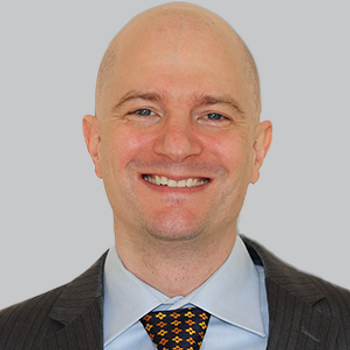
Four out of 6 patients with CDKL5 deficiency disorder and comorbid Lennox-Gastaut syndrome had a decrease in frequency of major motor seizures when treated with ganaxolone.
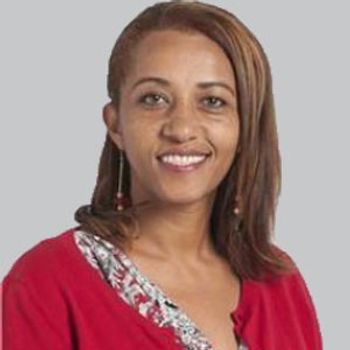
Half of the patients who were on a flexible, longer-term Cognitive Behavioral Therapy-informed psychotherapy treatment schedule demonstrated improvements in seizure frequency by more than 50%.
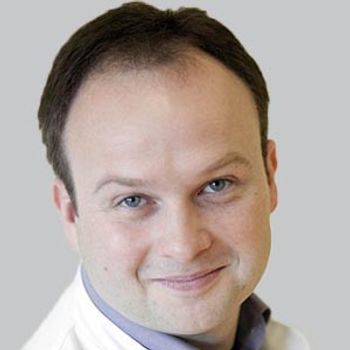
At the 12-month mark, more than 64% of patients had remained on perampanel, with an overall mean retention time of 10.8 months.
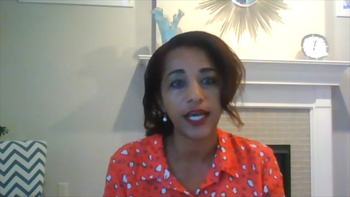
The clinical psychologist at Cleveland Clinic discussed the potential of using cognitive behavioral therapy for treatment of psychogenic non-epileptic seizures on cognitive behavioral therapy. [WATCH TIME: 3 minutes]

Findings were presented at AES 2021, with 56.7% of patients reporting a 50% or greater reduction in seizure frequency.
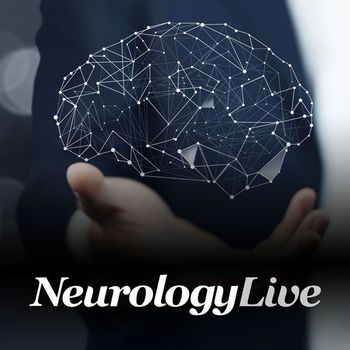
More than two-thirds of patients who received prednisolone after showing no response to vigabatrin demonstrated complete electroclinical response at 2 weeks, with most sustaining response at 6 weeks.
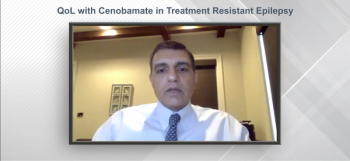
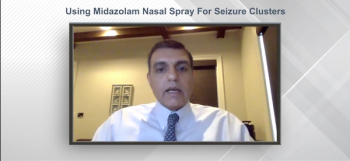
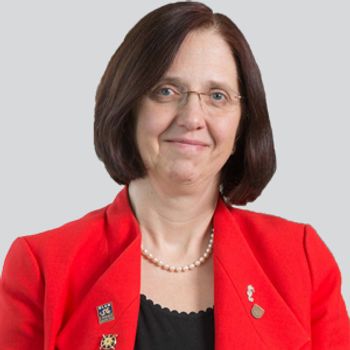
The director of the Dartmouth Epilepsy Program and chairwoman of AES 2020 discussed some of the major topics from the previously completed annual meeting and where epilepsy research is trending.

Despite significant improvements in Dravet syndrome, non-statistically significant reductions were observed in children with Lennox-Gastaut Syndrome.
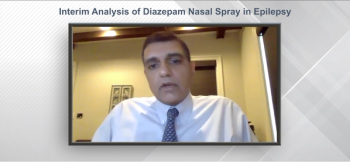
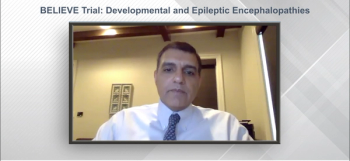
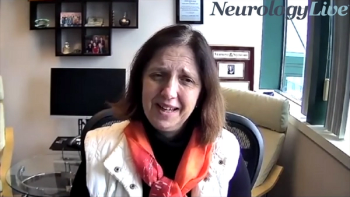
The director of the Dartmouth Epilepsy Program provided an overview of some of the critical unmet needs within ongoing epilepsy research following the recent AES Annual Meeting.
